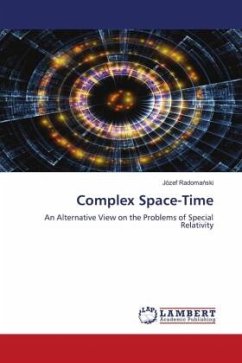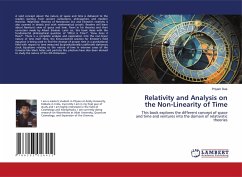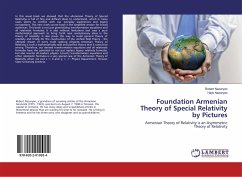The book is a completely new and unconventional look at selected problems of classical physics and is intended for people interested in Special Relativity and relativistic electrodynamics. The reader is required to have a solid foundation in classical mathematics, which is why we see potential recipients in the group of people who use mathematics on an ongoing basis. The idea of Special Relativity is based on the invariance of the laws of physics under the transformations belonging to the Lorentz group. These transformations are internal in real space-time. The author found a complex linear transformation that maintains the invariance of the wave equation but requires the complex domain. The results of the research on this transformation are presented in this monograph. For the research, the author constructed a simple mathematical tool equivalent to Geometric Algebra, but based on the formalism of the well-known matrix calculus. Although the considerations are carried out in full accordance with the postulates of the classical SR, the use of the paravector calculus to describe the basic laws of physics resulted in surprising results.








